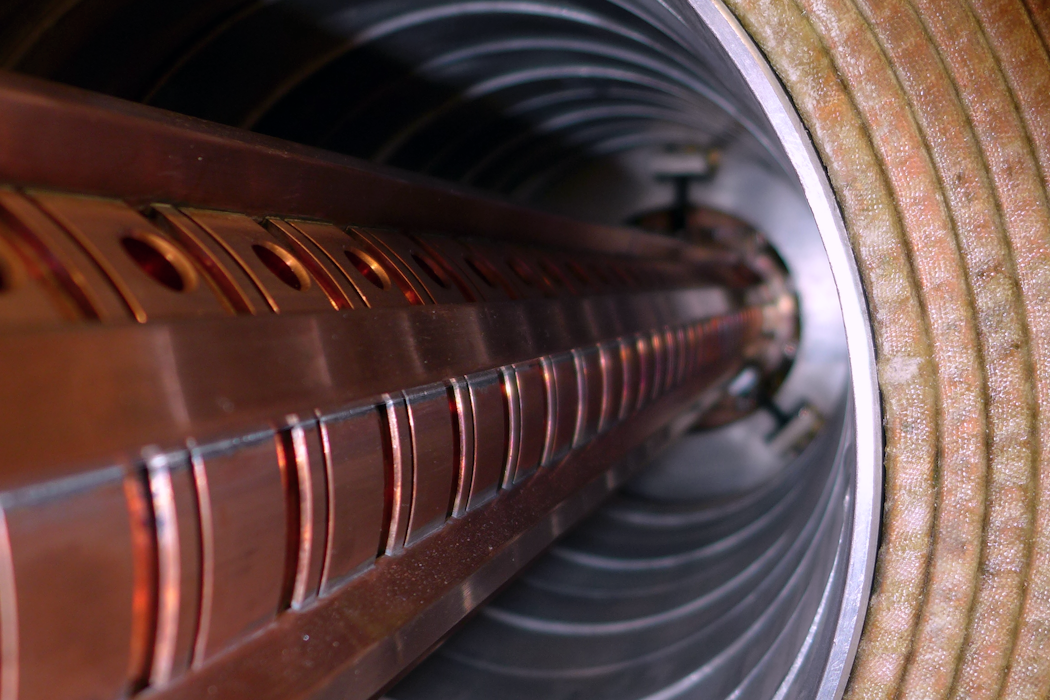Cuts to key research facilities threaten Australia’s ability to be a global scientific leader
- Written by Michael Preuss, Professor of Structural Materials, Monash University; University of Manchester

There has been much excitement since Australia signed a landmark agreement with the United States last month to expand cooperation on critical minerals and rare earth elements.
These materials are essential for electric vehicles, wind turbines, and clean energy technologies. The deal promises to help Australia move beyond simply digging and shipping raw materials. Instead, we would refine and manufacture advanced, high-value products here at home.
But at the very moment we’re being asked to play a bigger role in global clean-tech supply chains, the science facilities that underpin these ambitions are under threat.
Making great science possible
The Australian Synchrotron in Melbourne and the Australian Centre for Neutron Scattering at Lucas Heights in Sydney are among Australia’s most important pieces of scientific infrastructure.
These facilities are operated by the Australian Nuclear Science and Technology Organisation (ANSTO). They house several instruments, including the infrared microscopy and terahertz/far-infrared beamlines which fire a high-intensity and continuous spectrum of X-ray light at samples. Researchers use these to probe materials at the atomic scale. This helps reveal how atoms are arranged, how they move, and how they interact.
These insights underpin everything from advanced batteries to pharmaceuticals, green hydrogen production, and new materials for defence and aerospace. They also allow researchers to study the chemistry of living cells and tissues in real time, develop lightweight fire-fighting suits, explore new cancer therapies and fight antibiotic resistance.
The tools also contributed to research that led to the 2025 Nobel Prize in Chemistry for metal-organic frameworks. These materials, invented in Melbourne, can capture carbon dioxide or filter PFAS contaminants from water.
Hundreds of projects and hundreds of PhD students and early-career researchers rely on these instruments for training and discovery.
In short, these facilities don’t just make great science possible – they make it possible in Australia.
A false economy
Despite this, ANSTO has recently proposed a series of “sustainability measures” – that is, funding cuts – for the Australian Synchrotron and Australian Centre for Neutron Scattering, as first reported by the Sydney Morning Herald. It says these cuts are needed to “support financial stability for the long term”.
The proposed cuts include the closure of the world-leading experimental beamlines that continue to make so much great science possible. As such, they would erode the very foundation of Australia’s scientific and industrial capability.
They would also result in the closure of a program that allows Australian scientists to use overseas synchrotron beamlines when local facilities can’t meet specific experimental needs.
A final decision on the proposed cuts will reportedly be made in December. They could be classified as a false economy: they will save little in the short term but undermine future innovation and growth.
Vital for the future economy
The recent US–Australia critical minerals partnership highlights how vital the scientific facilities that are in the firing line are for the future economy.
Processing and refining critical minerals such as lithium, nickel, cobalt and rare earths, requires deep understanding of how materials behave under complex conditions. That’s exactly the kind of insight neutron and X-ray scattering experiments can provide.
To do this sustainably, Australia must also innovate in “clean manufacturing”. This means developing processes that reduce emissions and waste, just as we are striving to create green steel and green hydrogen. These large-scale research facilities will be essential for making that transition real.
Many other major economies recognise that large-scale research infrastructure is a national asset. Europe is investing billions in the European Spallation Source, a major neutron scattering research facility, which will house initially 15 beamlines. Elsewhere, the US, Japan and the United Kingdom continue to expand their neutron and synchrotron capabilities.
Australia has a much smaller budget than these countries. Yet it consistently produces world-class science and innovation outcomes. If we let these cuts proceed, we risk losing our competitive position.
We also risk losing the next generation of scientific talent these facilities train and inspire.
A moment for leadership
ANSTO’s neutron and synchrotron facilities are among the best-run and most productive parts of Australia’s research system. Their reported “deficits” stem not from mismanagement within these programs, but from broader financial pressures elsewhere at ANSTO. It would be a grave mistake to allow short-term accounting to jeopardise long-term national capability.
Scattering instruments are “enablers across disciplines”. That is, they accelerate innovation and deliver both scientific and commercial returns.
If we want to lead in fields such as clean energy, advanced manufacturing and health technology, we must keep our national research infrastructure strong.
Scientists are ready to find ways to save these irreplaceable facilities. In fact, many are already exploring cost-sharing models with universities and industry. They are also exploring mail-in and remote-access operations to cut travel costs, and sponsorship approaches.
Scientists are prepared to make changes to protect the foundations of our national science capability. But ANSTO and the Australian government will need to do their bit, too.
Authors: Michael Preuss, Professor of Structural Materials, Monash University; University of Manchester



















